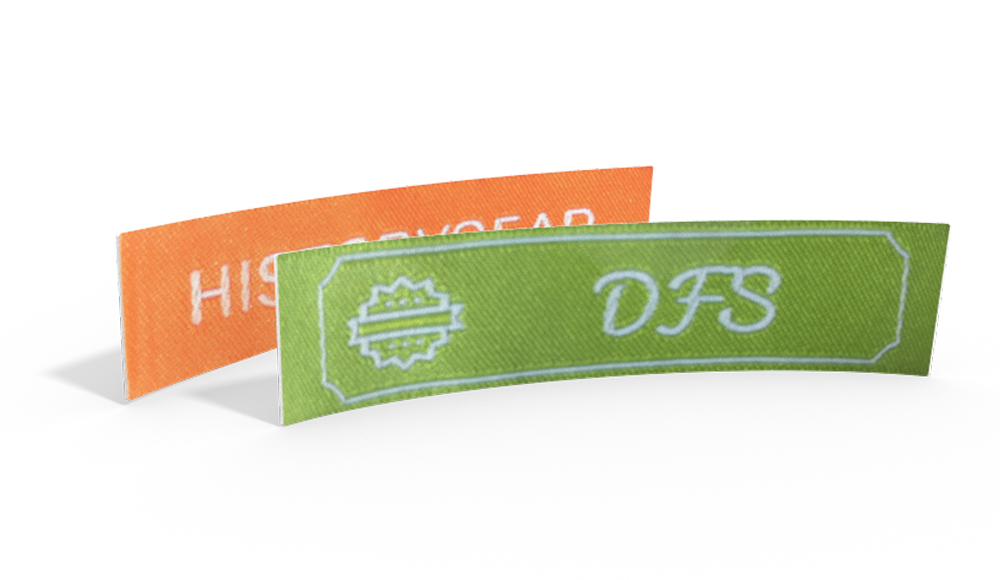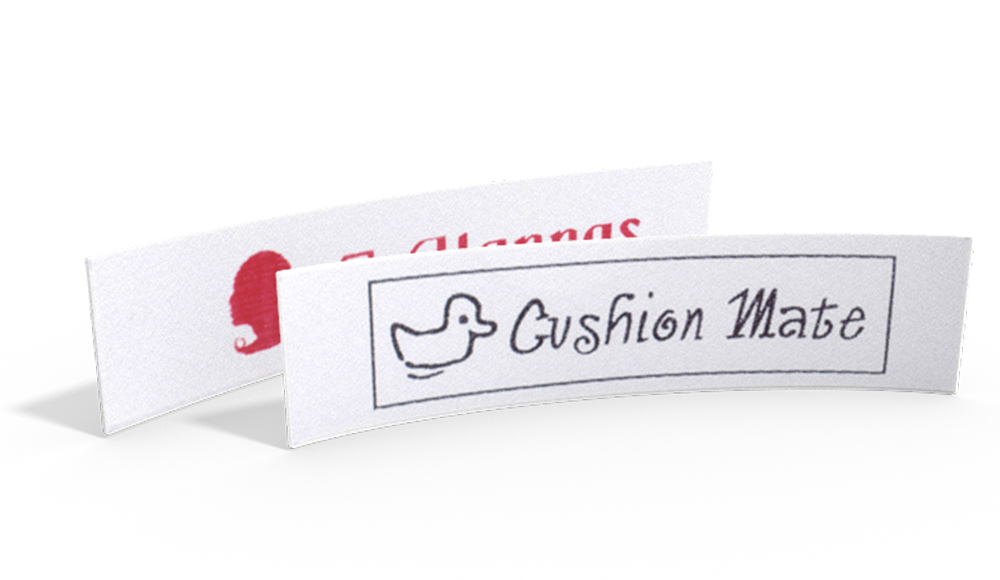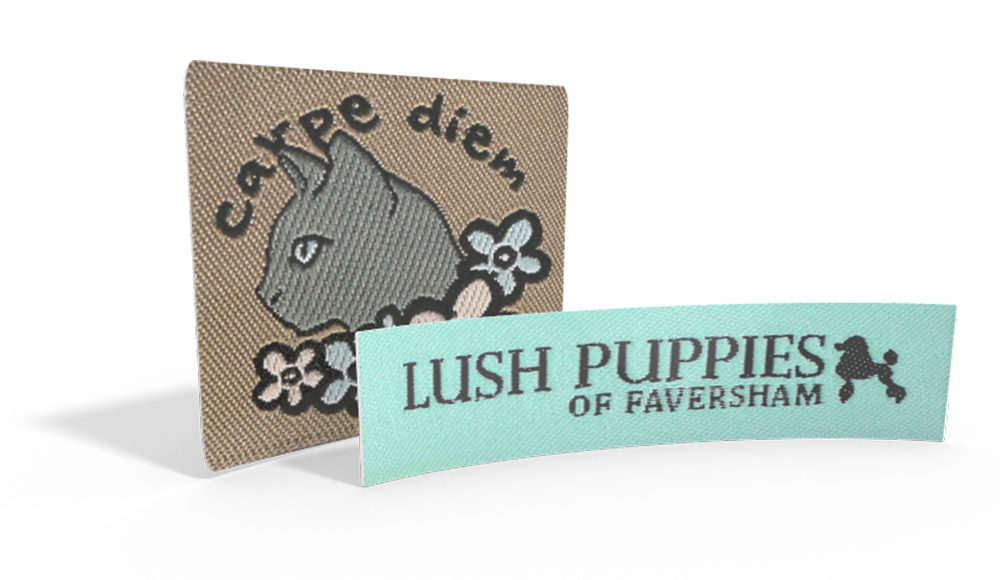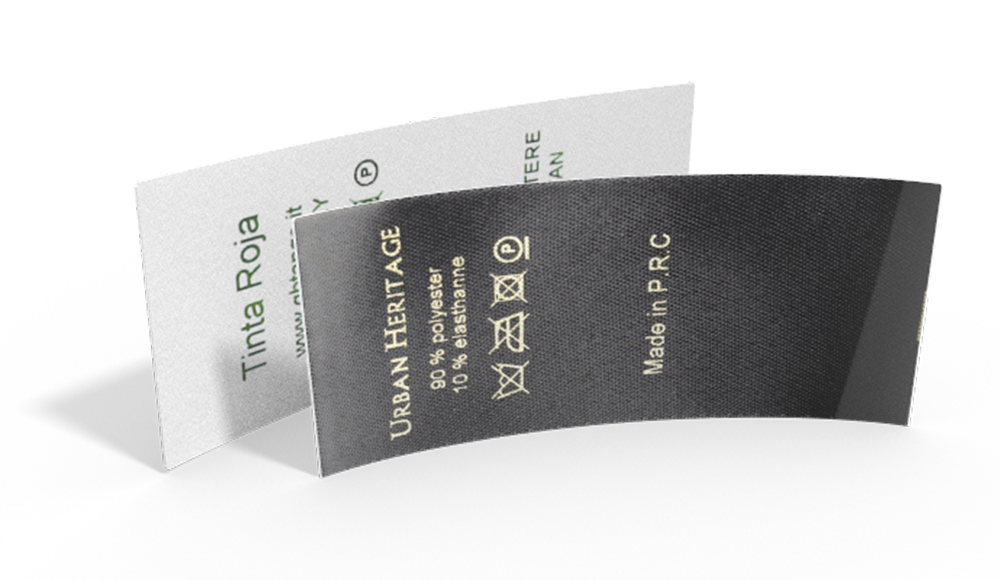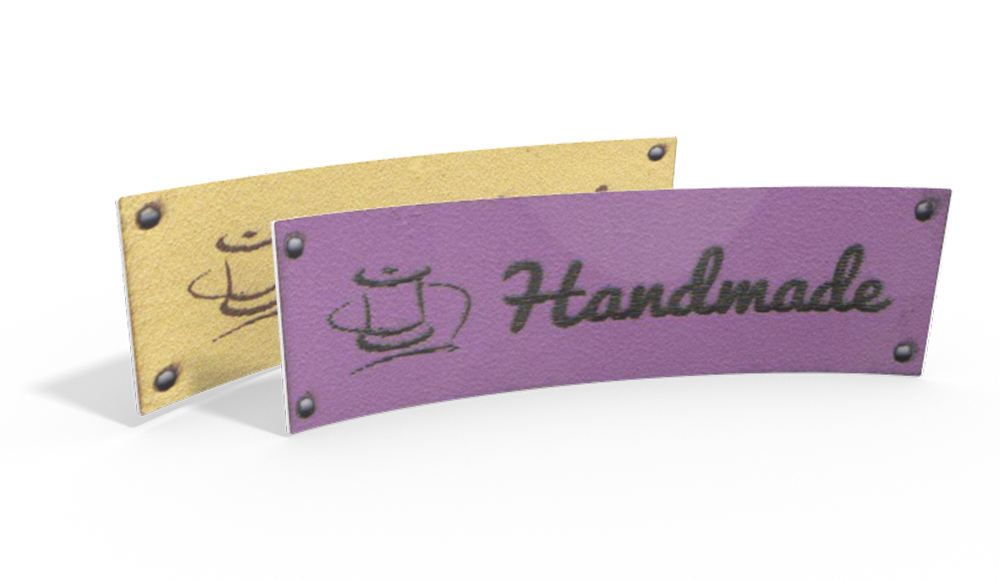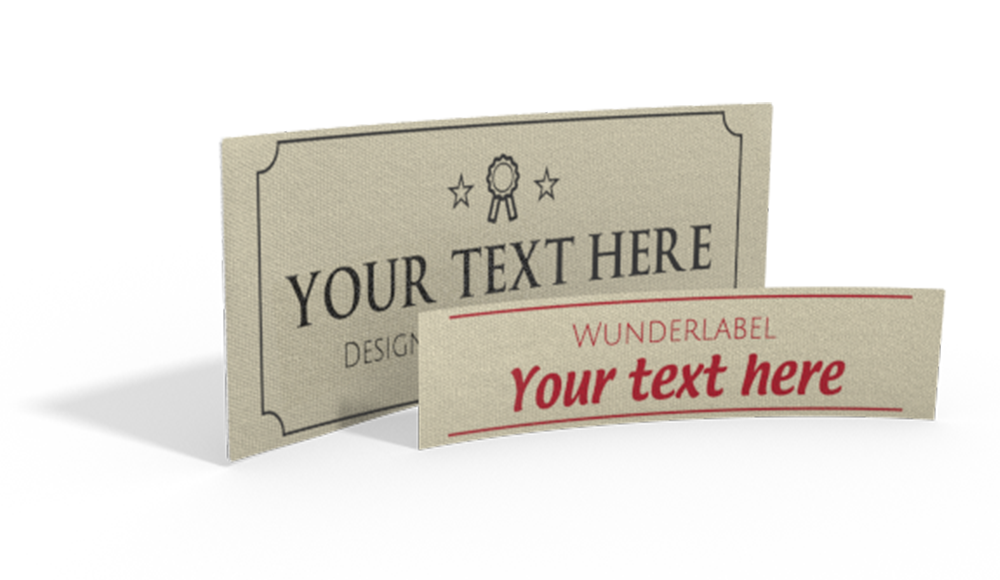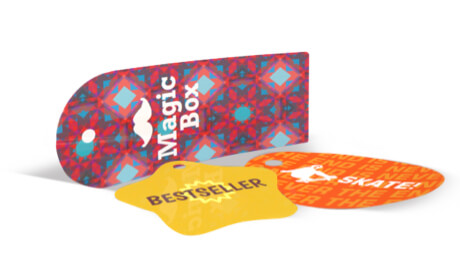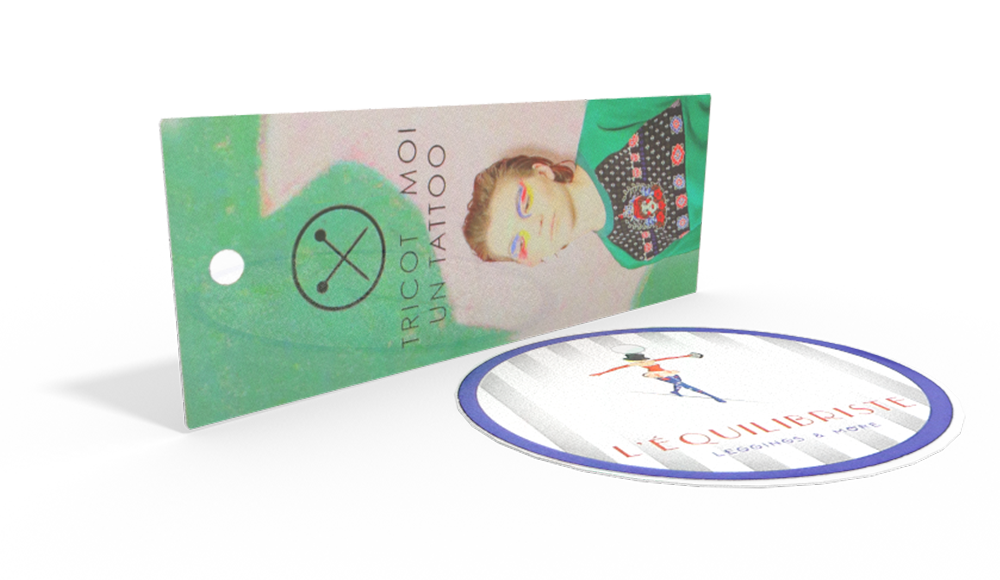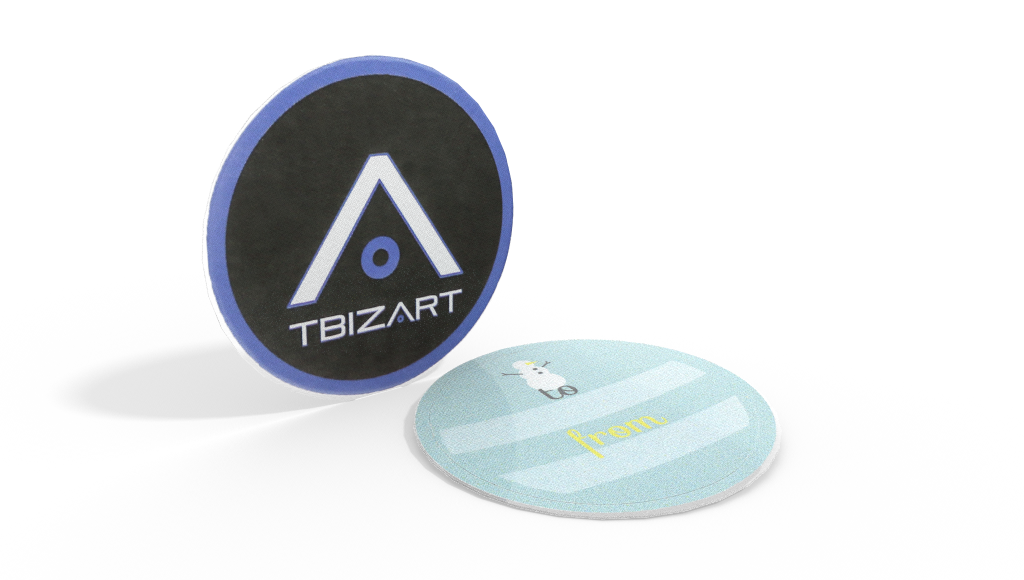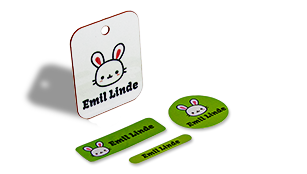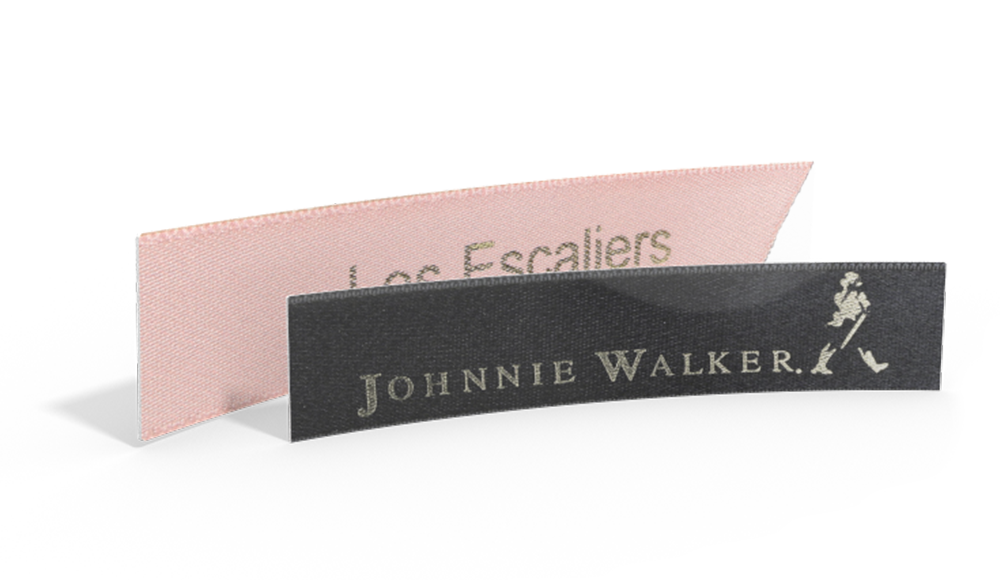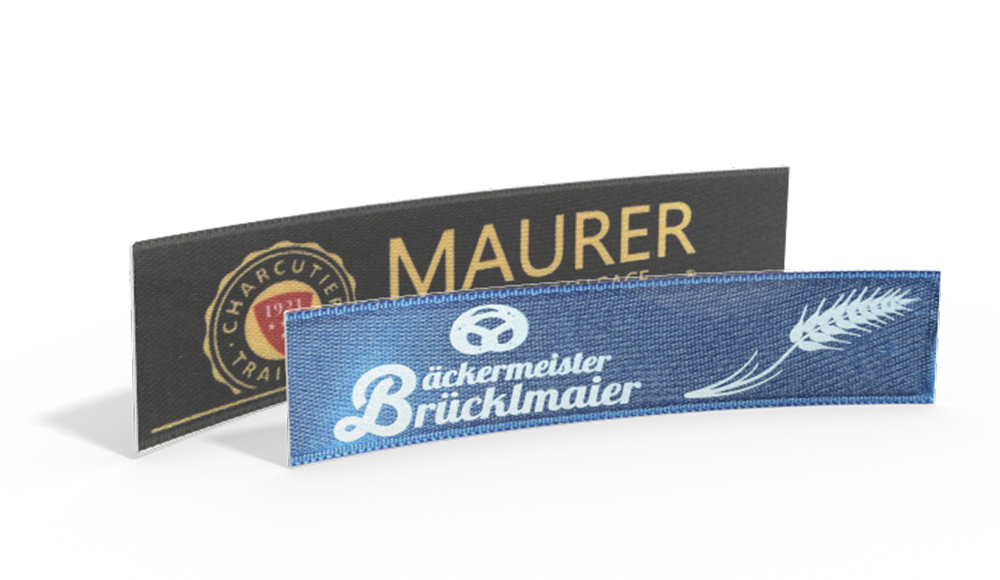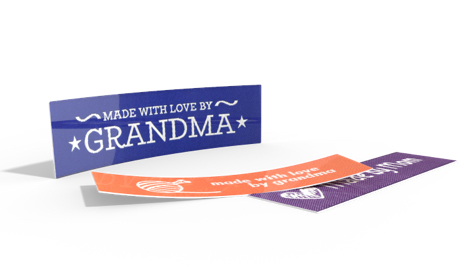When you're surfing through Pinterest or paging your favorite crafting magazines, it's easy to get a little envious of all the gorgeous, pristine crafting rooms that seem to fill them both. Of course, most of those photos are staged, but even that knowledge doesn't always help when you feel like your space doesn't measure up. We'd all love to have a space to work that's both beautiful and functional. Thankfully, you don't have to completely remodel your house just to get the perfect sewing room. A few small improvements might be all you need to take your space to the next level. Not sure where to start? Check out these must-have features of the perfect sewing room!
1. Excellent Lighting
Diffuse natural light is ideal for sewing and crafting. While strong sunlight can bleach colors and damage fabrics and a too-dim space is hard on your eyes, a soft overall glow is just right. Use task lighting for close-up work, and try to avoid harsh directional light that can cause unappealing shadows.
2. Storage Solutions
The storage of haberdashery items is crucial for an organized and efficient sewing experience. By keeping your buttons, threads, needles, ribbons, or personalized woven labels neatly stored and accessible, you can save time and maximize your creativity. Invest in transparent storage boxes or drawers to organize your haberdashery items clearly and find them at a glance. Use small containers or labels to separate different types of buttons or threads, making them easier to locate. A well-organized storage area for haberdashery items can not only enhance your sewing experience but also make your projects smoother and more enjoyable.
As nearly any sewist what their biggest sewing room challenge is, and nearly all of them will probably say "controlling my fabric stash!" There's no magic bullet solution for turning all that fabric into a neatly organized, easily accessible resource, but depending on your space and preferences, there are excellent options.
- Filing Your Fabric - A popular way to get small pieces of fabric out of the way is by using hanging files to hold neatly pressed and folded fabrics. You can store them in a filing cabinet, or even in plastic or cardboard filing boxes. Advanced Sewing Techniques You need to Know has a tutorial on getting started.
- Upcycling Fabcic - To store upcycled fabrics, it's important to keep them in a clean, dry, and well-ventilated area to prevent mold, mildew, or odors. Fold larger pieces neatly and store them in labeled containers or bins to keep them organized and easily accessible. For smaller scraps or remnants, consider using clear storage bags or containers to easily identify the contents. Keep similar fabrics together to streamline your creative process when selecting materials for future projects. Additionally, periodically check stored fabrics for any signs of damage or deterioration and address any issues promptly to preserve their quality.
Read more about upcycling ideas. - Open Shelf Technique - If you don't have the floor space for filing cabinets or boxes, try folding your fabrics and keeping them in easy view on open shelves. This keeps them off the ground and out of bins, ready for the moment you need them. Shelving does offer less protection from dust and light, however, so very delicate or expensive fabrics should be stored elsewhere.
- Customizable Storage "Closets" - There are so many wonderful options for modular storage today, ranging from shelves with pull-out basket "drawers" to stackable transparent bins. The best part about these home storage solutions is that you can add what you need when you need it, whether it's a garment rack for hanging lengths of fabric from clip hangers or shallow drawers for stashing scraps. Check out the closet organization section at your local home improvement store for more ideas.
3. Cutting Table
A sturdy, sizeable cutting table is an absolute must! Trying to cut fabric on the floor is hard on your back and risks damaging the fabric, while clearing off the kitchen table just to cut something out is a hassle. If you don't have room for a permanent full-sized cutting table, check out this fun DIY Drop Down Table that folds out of the way when you don't need it.
4. Sewing Machine
Technically, this one's not strictly a necessity, but since most sewists today aren't working purely by hand, it's safe to assume your sewing room will probably include at least one sewing machine. But what kind of machine should you use? The answer will vary wildly depending on the kind of work you plan on doing. Long-arm machines are great for quilters, while those who do embroidered embellishments will probably prize a machine that can handle computerized embroidery patterns. For basic sewing, though, you'll want a machine that can, at the very least, do a straight and a zig-zag stitch with variable lengths and widths. From there, the sky's the limit, depending on your preferences, and of course, your budget!
5. Sewing Table
Just as important as your sewing machine is the table on which it sits. Many tables aren't sturdy enough to support a sewing machine, causing your machine to wobble or bounce as you sew. They are also often too high for you to sew comfortably, especially after the added height of the machine's deck. Specially built drop-in tables are ideal, since they allow the deck of your machine to sit level with the rest of the table's surface, which provides support for your work and keeps the fabric from pulling or stretching. Some of these sewing tables even come with fold-out extensions for sewing large items, and can double as cutting tables.
6. Comfortable Seating
There's no sense in having a specially designed sewing table and still using an uncomfortable kitchen chair to sit on while you use it! Splurge on an adjustable office chair, which will provide support and help you stay comfortable during marathon stitching sessions.
7. Marking Tools
Fabric markers, tailor's chalk, transfer paper, marking wheels...the list of tools we use to create project roadmaps goes on and on. Make sure you keep them close at hand and ready for use. A shallow tray on your cutting table keeps everything easily visible and in easy reach the moment you need to adjust your pattern. Add a pencil sharpener, tape, scissors, ruler, and French curve for a full-fledged pattern-adjusting kit.
8. Pressing Space
Proper pressing can mean the difference between a sharp, crisp fit and a misshapen seam. Make sure to designate a place for your iron and ironing board and have both ready to go when you start work on a project. An ironing board with a removable, washable cover is ideal for preventing stains and dye from transferring from one project to the next.
9. Non-Fabric Scissors
As odd as it may sound, this is one sewing room staple that is all-too-often forgotten. As sewists, none of us would ever dream of using our pricey, fabric-only scissors on anything but fabric. Well, right up until there's nothing else handy. We've all done it once or twice, even as we feel a pang of guilt at it. Spare your scissors (and yourself!) and have a few pairs of regular household scissors on hand for cutting other materials, whether it's the packaging of a new sewing machine attachment or your new pattern pieces.
10. Pattern Files
Speaking of patterns, they can be nearly as big a hassle as your fabric stash. Again, though, some of the same techniques can be used to keep them corralled. Start by gathering all the related pattern pieces. Be sure to mark any modifications or unlabeled pieces, then fold them carefully and place them in a zip-top bag. Label the bag with the pattern brand and number, as well as the sizing and any modifications. Keep the original pattern information and tuck it inside as well. Store these in file folders or small plastic bins sorted by pattern type (one for dresses, one for blouses, etc.).
11. An Idea Board
This is one Pinterest favorite that's actually a great idea to have on hand. Not only are they aesthetically appealing, but they're a great way to compare colors and textures of fabrics side by side under changing light. Add reference images, measurement sheets, and other project-related information to keep everything all in one place.
12. Reference & Research Section
Wouldn't it be nice to have all your sewing references right at your fingertips? While lots of our inspiration may come from blogs and websites, sometimes it's nice to be able to pull out a tried and true reference book—or your trusty sewing machine user's manual—to solve a problem then and there. Designate a shelf or two as your go-to problem solving zone to keep all your references close at hand.
13. Calendar
How many times have you been struggling to finish a project last minute, growing more frustrated as things go wrong and the deadline keeps ticking closer? While there's no accounting for unforeseen interference, having a calendar to remind you when a client's alterations need to be finished, or the date of a baby shower you're making a quilt for, can help you plan ahead and avoid that last minute stress.
14. Mirrors
At least one full-length mirror is an absolute must if you do any kind of fitting or garment work. Two is even better, and a fold-out trio is the best of all, as this allows you to adjust the two side mirrors to give the wearer a look at the back of his or her garments. Even if you don't often work with wearables, it doesn't hurt to have a mirror or two around your sewing space. They help bounce light around and give the illusion of a larger, brighter space. Try adding a small wall mirror and see what a difference it makes!

